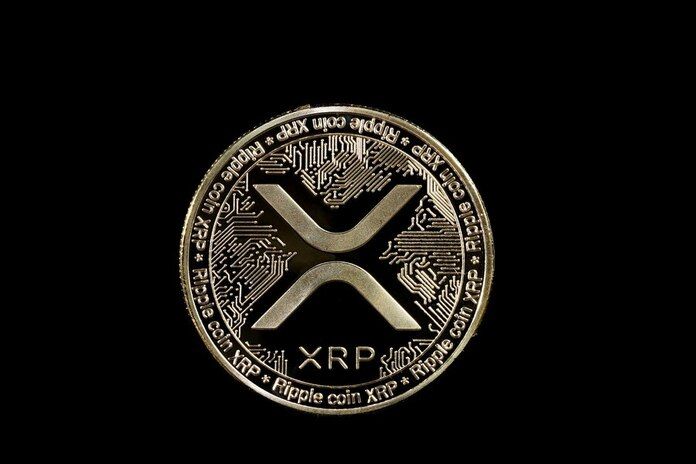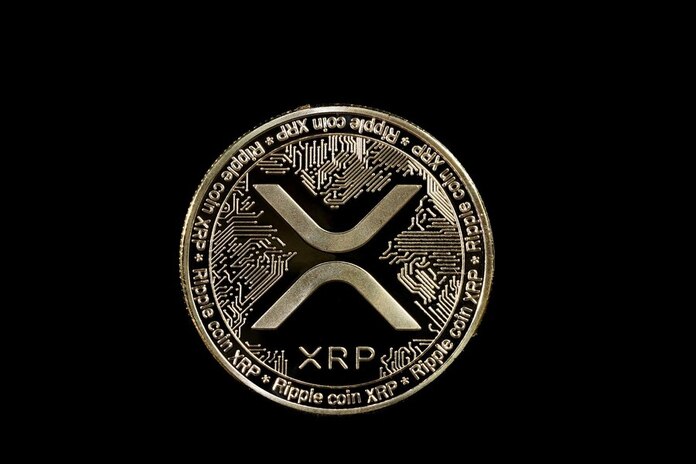Is Now the Best Crypto Investment Opportunity?

If you’ve been considering a crypto investment but haven’t taken the leap, now might be the perfect time. The U.S. government’s recent decision to establish a Crypto Strategic Reserve marks a significant step toward mainstream acceptance of Bitcoin (BTC-USD) and other digital assets.
This move comes as Bitcoin experienced a price dip from $88,000 to around $77,000 before rebounding to approximately $80,000. While some investors see volatility as a risk, seasoned traders recognize downturns as buying opportunities. With clearer regulations, increased institutional adoption, and the continued evolution of blockchain technology, this crypto investment opportunity may be too good to ignore.
Institutional Investors Are Betting on Crypto
One of the most compelling reasons to consider cryptocurrency right now is the growing institutional interest in digital assets. Chris Sullivan, co-founder of Hyperion Decimus, a crypto hedge fund, highlights how sovereign wealth funds and major financial institutions are increasingly embracing Bitcoin.
“The approval of the BTC strategic reserve at both the federal and state levels, along with Bahrain’s sovereign wealth fund investing in Bitcoin, shows institutional adoption is happening in real-time,” Sullivan said.
Additionally, U.S. banks have now been cleared to hold Bitcoin for customers, making it easier for everyday investors to gain exposure to crypto.
Regulatory Clarity Reduces Investment Uncertainty
For years, the lack of clear regulations surrounding cryptocurrency made many investors hesitant. However, this uncertainty is now fading as governments establish clearer policies.
Many states are proposing Bitcoin reserves, and the Securities and Exchange Commission (SEC) has recently dropped lawsuits against major crypto firms, signaling a more favorable regulatory environment. According to Sullivan, “The clearer the regulation, the more predictable the market becomes, minimizing risk for investors.”
With regulatory uncertainty easing, this crypto investment opportunity appears more stable than ever.
Crypto as a Hedge Against Inflation
Bitcoin has long been compared to gold as a hedge against inflation and economic instability. With global inflation concerns and ongoing monetary policy shifts, investors are increasingly turning to Bitcoin to protect their wealth.
“With continuing concerns over inflation, monetary policy divergence, and global economic instability, crypto continues to offer a hedge against fiat devaluation,” Sullivan noted.
Bitcoin’s Recent Price Dip: A Buying Opportunity?
Bitcoin’s recent pullback worried some investors, but crypto experts view these dips as ideal entry points. Jag Sidhu, core developer at Syscoin, emphasizes that institutional investors often capitalize on these price movements.
“Institutional investors and market whales frequently see such dips as perfect buying opportunities,” Sidhu explained. “They continue accumulating Bitcoin, confident in its long-term potential.”
For long-term investors, the current crypto investment opportunity could be a chance to buy at a discount before the next price surge.
Tokenization Is Reshaping Finance
Beyond Bitcoin, blockchain technology is driving innovation in traditional finance. The tokenization of assets—stocks, real estate, and commodities—is gaining traction, creating new ways to invest.
Davis Richardson, managing partner at R3 Consulting, points to Coinbase (NASDAQ:COIN) and Nasdaq (NASDAQ:NDAQ) as examples of firms exploring tokenization.
“Coinbase is revisiting plans to tokenize its stock, and Nasdaq is considering launching 24-hour trading, mirroring crypto markets,” Richardson said. “The writing’s on the wall—crypto is reshaping finance.”
Crypto Payments Are Becoming Mainstream
The adoption of cryptocurrency for everyday transactions is increasing, further solidifying its place in the financial system. Bitcoin’s Lightning Network now processes over 1 million transactions per second, surpassing traditional payment networks like SWIFT and major credit card providers.
As more businesses accept crypto, its utility as a real-world payment method strengthens, making it a more viable long-term investment.
Conclusion: Is Now the Right Time to Invest?
With the U.S. officially holding Bitcoin in reserves, institutional adoption increasing, and regulations becoming clearer, crypto is more stable and legitimate than ever. While risks remain, experts suggest that now may be the best crypto investment opportunity in years.
Max Kalmykov, CEO of Bitsgap, sums it up: “While others are scared or doubtful, this becomes the best time to start picking up these dips and buying crypto for the long term.”
Featured Image: Freepik © ojosujono96








